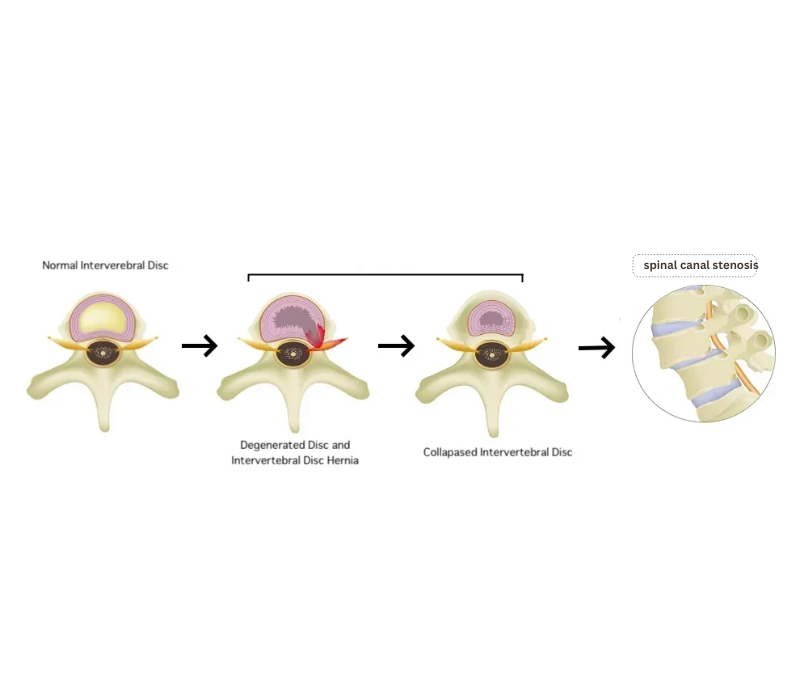Column Professional Athletes Who Have Battled With Spinal Stenosis in the Past – vol.2 – Gen-Ichiro Tenryu
October 11, 2024
Back pain is a condition that everyone experiences at some point in their lives. The causes of back pain are various, and include disc herniation and spinal stenosis.
Athletes are not exempt from suffering from spinal disorders either.
In this article, we will use the example of an athlete who battled with herniated discs to explain spinal stenosis.
Former professional wrestler Gen-Ichiro Tenryu had spinal stenosis
Genichiro Tenryu was regarded as a “living legend” in the world of Japanese professional wrestling.
From an early age, he watched sumo and professional wrestling, and at the age of 13 he joined a sumo stable and switched to professional wrestling in 1975. He has since won numerous titles and awards in the world of professional wrestling.
In 2011, he was diagnosed with lumbar spinal stenosis and had to take a long break to receive treatment. After two surgical operations and rehabilitation, he was able to return to the ring one year later in 2012.
Causes of lumbar spinal stenosis
The causes of lumbar spinal stenosis are degeneration and deformation of the bones, ligaments and intervertebral discs.
Recent research has shown that the cause of spinal stenosis and spondylolisthesis is degeneration of the intervertebral discs. *1
*1: Dell R. Burkey. Regional Anesthesia and Pain Management. Saunders, 2009.
When the original shape of the intervertebral disc is altered due to damage or other factors, degeneration begins, the function of the intervertebral disc declines, and symptoms such as lower back pain appear. This is called intervertebral disc degeneration.
As the degeneration progresses, the nucleus pulposus protrudes from the fissure in the annulus fibrosus, causing disc herniation, and the spinal canal is compressed by the herniated disc, leading to spinal canal stenosis.
The more the intervertebral disc degenerates, the more water it loses, and the thinner and more collapsed it becomes. When this happens, the vertebrae are more likely to rub against each other, and the vertebrae themselves may deform, causing the spine to become unstable and shift out of place.

The link between professional wrestling and spinal stenosis
Professional wrestlers often perform suplexes (a throwing technique) and powerbombs (a slamming maneuver) on each other. When they are performing these moves, they are putting a lot of pressure on their spine.
The more pressure they put on their spine, the more likely they are to develop spinal stenosis, as the degeneration of the intervertebral discs and deformation of the spine progresses.
Treatments available at our clinic
The Florence and Cellgel methods are available to treat spinal canal stenosis at our facilities.
The Florence method is a low-risk, minimally invasive treatment for spinal canal stenosis.
A spacer is inserted percutaneously under partial anesthesia and sedation to widen the narrowed spinal canal. It remains possible to remove the spacer if complications should arise after the treatment has been performed.
The Lobster spacer is inserted inside the vertebral body to stabilize it while preserving spinal rotation and flexion, widening the spinal canal, reducing disc protrusion, and reducing the thickening of the ligamentum flavum. Thus, the narrowed spinal canal is widened, and the pain is relieved.
It is recommended for patients whose condition has failed to improve with conservative treatment and who wish to avoid surgical procedures performed under general anesthesia, such as spinal fusion.
Spinal canal stenosis occurs when a disc cracks, causing the central component to protrude and the protruding portion to cause the spinal canal to narrow. If the disc crack is not repaired, herniation can recur, and the spinal canal can become narrowed again.
The Cellgel method used at our clinics provides a fundamental treatment by injecting a drug that fills the cracks in the disc, which then forms a gel that replaces the cracks. It is characterized by the fact that the volume of the disc is not reduced, and the drug remains in the disc as a gel-like implant after treatment, thus preserving the disc.
ILC also offers “back pain-specific rehabilitation,” which can be used for various types of back pain and for a wide range of age groups.
ILC’s Specialized Back Pain Rehabilitation
If you are suffering from spinal stenosis, please consider a consultation at our clinic.
Related Articles
Professional Athletes Who Have Battled With Spinal Stenosis in the Past – vol.1 – Kana Oyama
Symptoms of Scoliosis. If you have any of these symptoms, it is a red light!
How to Spend Time after Spinal Stenosis Surgery
Is it already too late! ? What should I do about spinal canal stenosis that has been left untreated?



